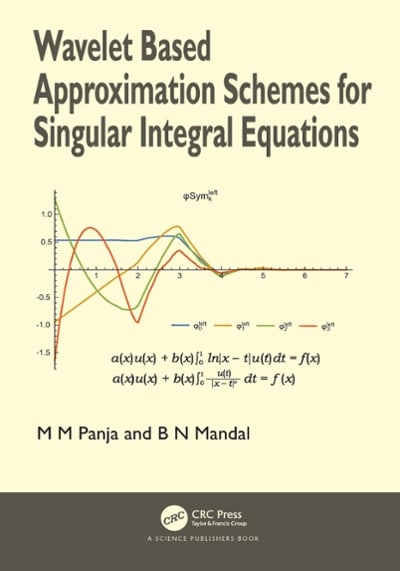the data in the table to the right..?
The data in the table to the right are based on the results of a survey comparing Commute Time the commute time of adults to their score on a well-being test. Complete parts (a) Well-BeingLEFT through (d) below. (in minutes) Score 69.4 68.6 Click the icon to view the table of critical values of the correlation coefficient, 26 67.3 37 67 2 66.1 72 65 6 104 63 8 (a) Which variable is likely the explanatory variable and which is the response variable? O A. The explanatory variable is the well-being score and the response variable is commute time because commute time affects the well-being score. O B. The explanatory variable is commute time and the response variable is the well-being score because commute time affects the well-being score. O C. The explanatory variable is commute time and the response variable is the well-being score because well-being score affects the commute time score O D. The explanatory variable is the well-being score and the response variable is commute time because well-being score affects the commute time (b) Draw a scatter diagram of the data. Which of the following represents the data? OA. OB. OC. O D. Q 110- 110 70 Score Time (min Time (min Scol 50 110 Score Score Time (min) (c) Determine the linear correlation coefficient between commute time and well-being score. r=(Round to three decimal places as needed.) (d) Does a linear relation exist between the commute time and well-being index score? Select the correct choice below and fill in the answer box to complete your choice. (Round to three decimal places as needed.) O A. Yes, the variables commute time and well-being score are negatively associated because r is positive and the absolute value of the correlation coefficient is greater than the critical value O B. No, the variables commute time and well being score are not linearly related because : is negative and the absolute value of the correlation coefficient is less than the critical value O C. Yes, the variables commute time and well-being score are negatively associated because r is negative and the absolute value of the correlation coefficient is greater than the critical value O D. Yes, the variables commute time and well-being score are positively associated because r is positive and the absolute value of the correlation coefficient is greater than the critical value O E. Yes, the variables commute time and well-being score are positively associated because r is negative and the absolute value of the correlation coefficient is greater than the critical value greatti ulall uIt WILLal value OF. No, the variables commute time and well-being score are not linearly related because r is positive and the absolute value of the correlation coefficient is less than the critical value







